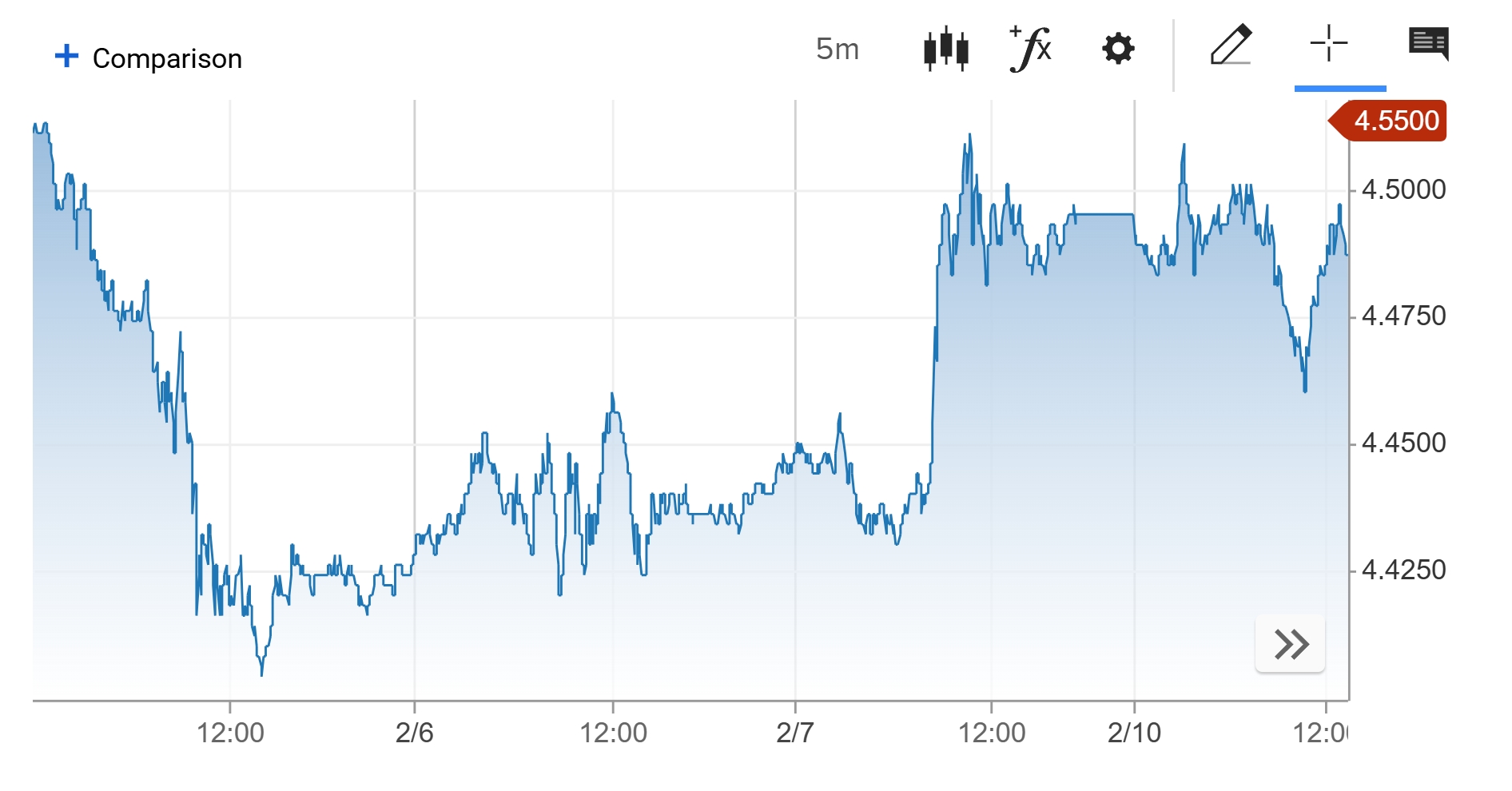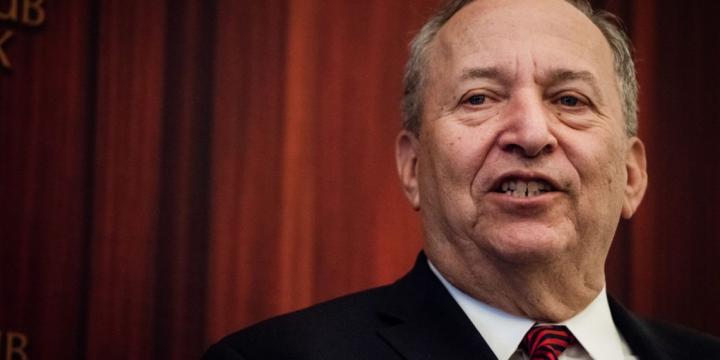US Federal Reserve Chairman Powell said on Tuesday that, as the US economy remains resilient and the labor market is relatively strong, the Federal Reserve is in no rush to adjust its rate cut policy, and after Powell confirmed the delay in further rate cuts, US Treasury prices fell, the yield on the US 10-year Treasury bond rose nearly 5 basis points to 4.55%, continuing the momentum of the rebound from the year's low of 4.38% last week.

DWS Americas Fixed Income Head George Catrambone analyzed that Powell's remarks indicate that the Federal Reserve will pause rate cuts until further notice, and Powell still finds it difficult to reconcile the confidence in pausing rate cuts and the degree of policy tightening in public, and if inflation does not further decline in the second half of this year, he will not be able to maintain this stance.
Against the backdrop of soaring inflation, the 10-year Treasury yield rose to around 5% in 2023, a 15-year high, and has since remained above 3.6%, George Catrambone expects the 10-year Treasury yield to remain in the range of 4.25% to 4.75% going forward.
Tonight's US CPI will drive Treasury yields
It is worth noting that the US January CPI data will be released at 21:30 Taiwan time tonight, and Bloomberg reports that the market currently expects the January CPI to rise 3.1% year-on-year, slightly lower than the previous value, but still higher than the Federal Reserve's target range, which may further increase the upward pressure on Treasury yields and weaken the market's expectations for the Federal Reserve to cut rates.
The report points out that since the data released last Friday showed a strong US job market and January wage growth exceeded expectations, Treasury yields have continued to rise, and traders have massively bet that Treasury yields will rise further, with the number of open short positions in Treasuries increasing significantly last Friday and Monday, which is the main factor driving the decline in Treasury prices.
The recently added short positions are mainly concentrated in the "middle" of the US Treasury yield curve, with the open interest in the 5-year Treasury futures increasing by $2.8 million per basis point last Friday and Monday, and Citibank strategist David Bieber pointed out that the revision of the employment data has led to a further increase in short positions in the middle of the yield curve.
Last month's slightly lower inflation data stimulated a rise in Treasuries, but more and more investors and consumers have since become concerned that Trump's tariff policies and the escalating trade tensions will lead to inflation in the coming months, which may limit the rise in Treasuries.
The swap market currently expects the Federal Reserve to cut rates only twice more in the current policy cycle, with each cut being 25 basis points, and the next rate cut is not expected until September this year.
In addition, the US government will auction a total of $67 billion in 10-year and 30-year Treasuries on Wednesday and Thursday, which may further impact the yield trend.





